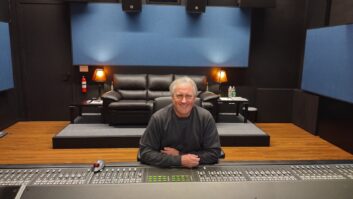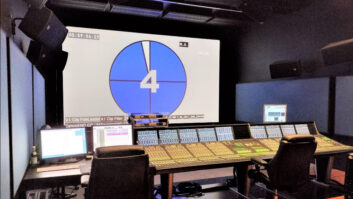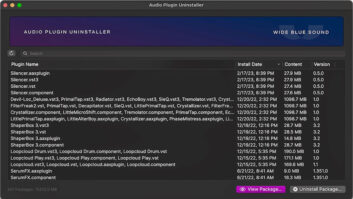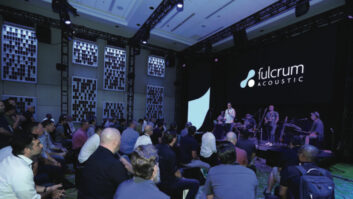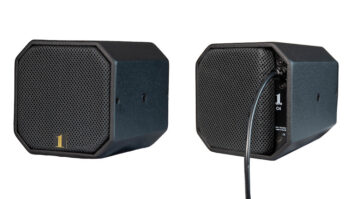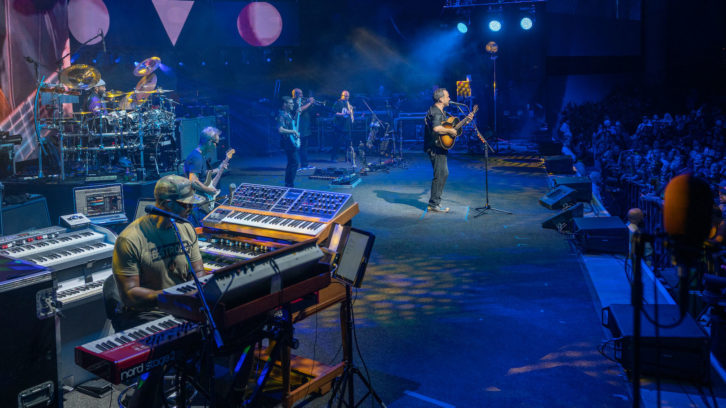
Faced with a full-on crisis, thirty years of improvising came in handy when the Dave Matthews Band played its annual three-night Labor Day weekend run this year at The Gorge Amphitheatre in George, WA. Like all major acts touring during the pandemic, the band and crew were getting tested regularly on the road, but disaster struck when drummer Carter Beauford, bassist Stefan Lessard and a member of the audio crew all tested positive for COVID-19 on the eve of the Gorge shows. Making things exponentially worse, the first night was set to be broadcast live on Sirius XM.
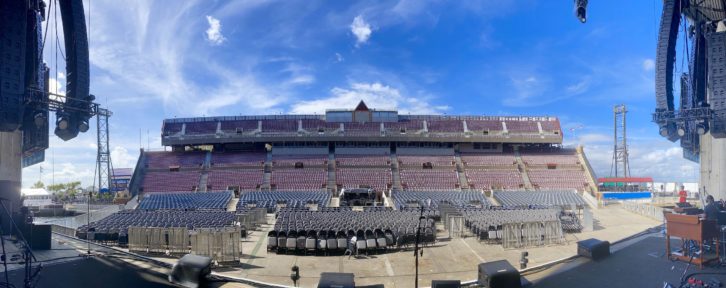
“I got a call at midnight the night before telling me about it and we were still trying to figure out what was going to happen,” says monitor engineer Ian Kuhn. “That’s not an easy show to cancel because you’ve got 40,000 people coming and nobody lives out there; it’s a destination. Dave said right away, ‘Obviously this has to go on; we’ll figure it out’—and we did. It wasn’t easy to play without the guys that are the backbone on this thing; it’s the rhythm section! Well, that same night, the opening act, Dumpstaphunk, contained Tony Hall, a bass player who toured with Dave in the early 2000s as part of the Dave Matthews & Friends tour. He kind of knew the material and we knew him, so he stepped in to play bass that weekend, and Buddy Strong, our keyboard player, happens to be a pretty good drummer, so he stepped in to play drums. The shows consisted of Dave doing a few songs solo, then our guitarist, Tim Reynolds, joined him for their ‘Dave and Tim’ thing, and then there were six or seven songs with this made-up band that we figured out the day of the show with no soundcheck or anything. We did it by the seat of our pants and it turned out to be a really memorable weekend. Audience members that come year after year got a completely different show—one that they can say they were at.”
Bringing Avatar’s Death Metal to Life on Tour
The ability to make such drastic changes and still come out the other side with flying colors highlights the band’s creativity, but it also underscores the reliability of the production team surrounding the group. Whether the DMB plays its way through a worst-case scenario like the Gorge shows or just a typical improvisation-fueled night in front of rapturous, sold-out crowds, those musical leaps of faith happen in part because every show is built on a bedrock of certainty. There are no distractions about production because the gear and crew are always the same: Ultrasound has been the act’s audio vendor for 25 years, most of the audio crew has tenures with the band running into double-digit years, and even the tom mics on the drums are still Brüel & Kjaer simply because they’ve been there since the Nineties before DPA acquired B&K’s pro audio department and rebranded everything.
When there have been changes in the Dave Matthews Band audio world, they’ve been evolutions. Tom Lyon became the group’s FOH engineer in 2018— after working 16 years as its system engineer. Similarly, the band’s Meyer Sound-based house system evolved over the last quarter-century as the manufacturer’s technologies advanced. These days, the system is based around main and side hangs of 16-each LYON line array loudspeakers, augmented by two hangs, each with 1100-LFC low-frequency control elements, and a center hang of four LEOPARD compact loudspeakers. Front fills consist of four additional LEOPARD loudspeakers, with four CQ-2 loudspeakers deployed for miscellaneous fill as needed. System optimization and drive are supplied by a total of eight Galileo master processors overseen by system engineer Jeremy Miller at FOH, plus Galileo Callisto array processors at the stage.
